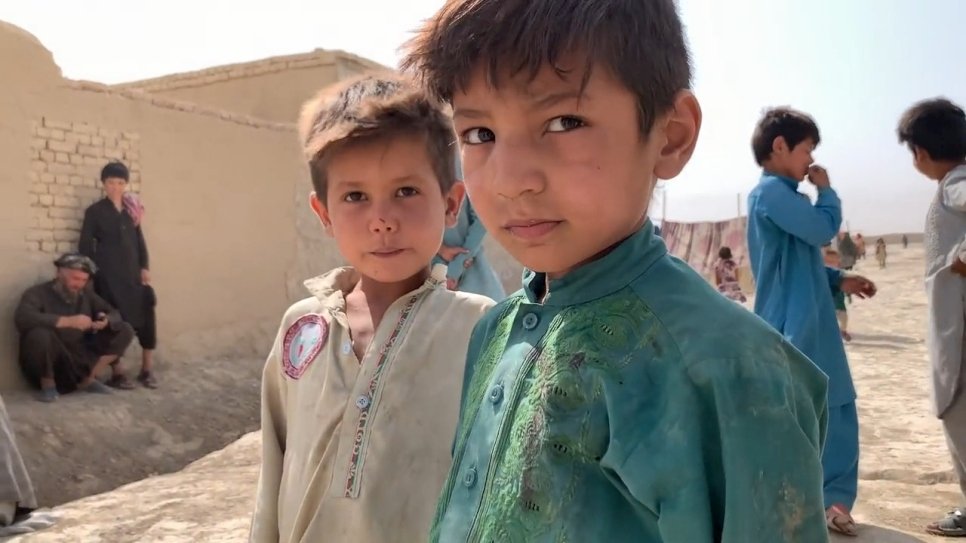Afghanistan emergency
“We had no time to gather anything. We fled with only a blanket.”
– Maryam, 24, internally displaced Afghan woman in Mazar-e Sharif
Afghanistan is experiencing a humanitarian and displacement crisis. Of the 665,000 Afghans who have been newly displaced inside the country in 2021, 80% of whom are women and children. Families speak of having had to flee at a moment’s notice, even when faced with the risk of improvised explosive devices and attacks by armed groups as they fled. This year has seen the highest number of conflict-related casualties on record.
Violence this year comes on top of recurrent natural disasters such as the current devastating drought. The COVID-19 pandemic has also had far-reaching health impacts as well as socio-economic repercussions. Less than 4 per cent of the population is fully vaccinated.
Afghans already constitute one of the world’s largest refugee populations worldwide. Some three-quarters of Afghan refugees are hosted in neighbouring Iran and Pakistan, with more than 2.2 million registered in the two countries. Another 3 million people were already displaced inside the country before new fighting broke out this year.
Afghanistan’s children are growing up amid this crisis. Some 65 per cent of the Afghan people – in and outside of Afghanistan – are children and youth, anxious about their future in the face of insecurity and economic challenges.
The resilience of Afghan families is being stretched to breaking point. The situation in Afghanistan was already complex, and failure to resolve the current instability will lead to new displacement.
What is UNHCR doing to help?
Together with partners, UNHCR is committed to staying and delivering amidst the deteriorating situation and growing displacement, as long as we have access to populations in need. We have activated our emergency response to protect the most vulnerable and assist newly displaced Afghans with life-saving shelter, food, water, and core relief items, both within Afghanistan and in neighbouring countries.
We have continued to carry out protection activities, including border monitoring, case management and psychosocial support. UNHCR has also continued its regular community programming in Afghanistan, including the building of schools and other key infrastructure providing healthcare, water and energy. These have reached more than 1.3 million people this year.
UNHCR is scaling up support with winter support for almost half a million displaced Afghans ahead of a harsh winter where monthly temperatures can reach as low as -12 degrees centigrade. UNHCR’s winterization assistance is focused on helping families survive in these harsh conditions, often in precarious and temporary shelters. Critical needs for core assistance items during winter include blankets, solar lanterns, tent insulation kits and cash for heating and clothing.
Preventing the spread of COVID-19 also remains a priority. To help reduce the risk of as much as possible, UNHCR is providing buckets and jerry cans in its relief kits to displaced families. These supplies are especially important in areas where access to clean water is difficult. UNHCR has also established hand-washing stations and distributed hygiene kits including soap and face masks. In addition, we are providing emergency cash support to help displaced families mitigate the socio-economic impact of the pandemic.
UNHCR has undertaken protection monitoring covering 32 provinces in 2021 and as part of the broader UN effort, helped assess the needs of almost 400,000 internally displaced people since the start of the year. UNHCR leads the Protection Cluster and co-leads the Emergency Shelter and Non-Food Items Cluster, which aim to reach 1.5 million and 900,000 people respectively by the end of the year.
More humanitarian aid is urgently needed. We are ramping up our response, and we need support to protect and assist people forced to flee.
To find the latest figures, please visit our Data Portal. You can also read the latest external updates on our Global Focus page.

